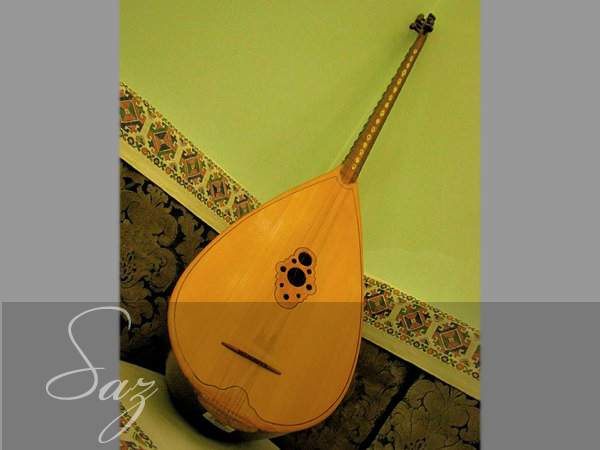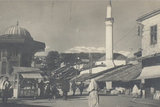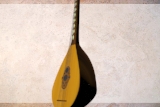


The influence of Ottoman culture on Bosnian and Herzegovinian heritage is extensive and rich. Some forms of lifestyle have been preserved even today, in such a way that they have been altered, perfected and so rooted in our country, that our tradition is identified through these customs and objects. One such object which is part of the spiritual face of Bosnia and Herzegovina, is the saz (baglama), which along with the sevdalinka (traditional song) is part of the unique Bosnian and Herzegovinian musical tradition. It is a stringed instrument used mainly independently.
The word „saz“ i persian in origin, meaning cod/rustle of cod. Šukrija Trako in his book „Saz in Bosnia“ states that it was mostly used in the muslim part of the population, especially in higher social cirlces such as agha and bey families. „It doesn't tolerate violence toward itself, nor toward the song with which it made an inseperable unity, and I claim today, without any intention of minimizing the value of orchestrated sevdalinka arrangements, the sevdalinka iz original only accompanied by the saz.
Sound on the saz is made by striking the string with the so called terzijan, which is like a guitar pick. Although it is usually played individually, it can be played in groups of saz players which are called takums. It is often mixed with the shargija, from which it differs by its neck size (a shargija has a shorter neck) and by differently placed frets, which then results in a different sound. A lot of attention was given to saz decoration, and so they were decorated with silver or nacre.


